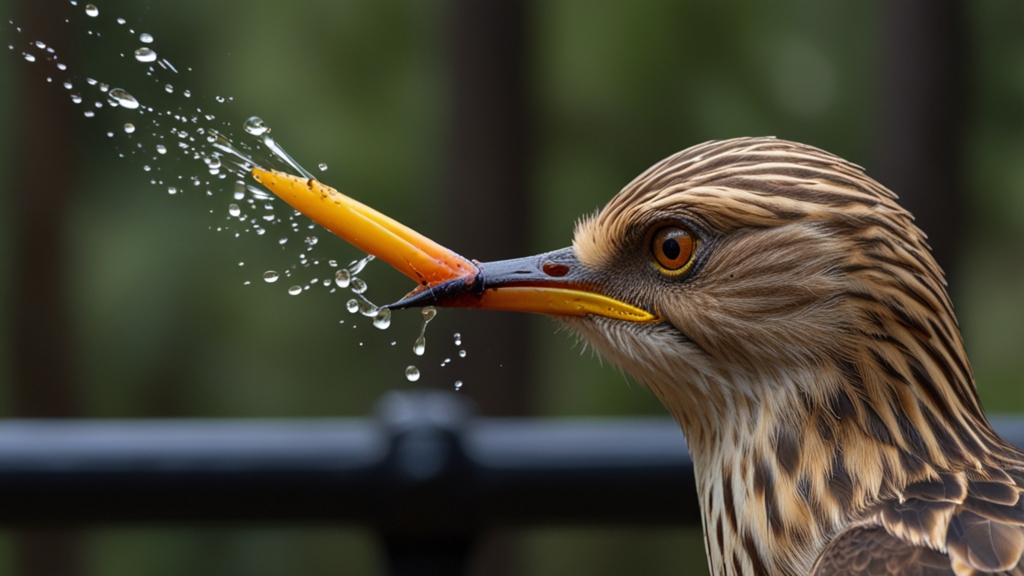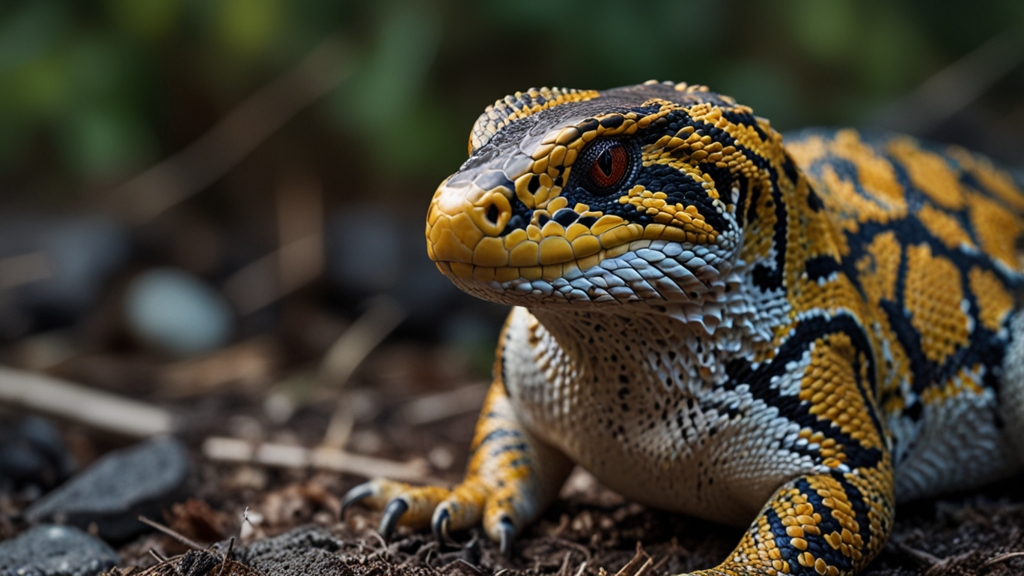In the Balance: The Delicate Lives of Endangered Fauna
The world is a rich tapestry of life, teeming with an astonishing variety of flora and fauna. Yet, beneath the surface of this vibrant diversity lies a poignant reality: many species are teetering on the brink of extinction. The lives of these endangered animals are delicately balanced, influenced by a confluence of factors that range from habitat destruction to climate change. Understanding the intricacies of their existence is crucial if we hope to preserve them for future generations.
The Intricacies of Endangerment
Endangerment is not a sudden event but rather a gradual decline that occurs over time. The International Union for Conservation of Nature (IUCN) maintains the Red List, categorizing species based on their conservation status. Species classified as "Endangered" face a very high risk of extinction in the wild. These animals are often victims of habitat destruction, overexploitation, pollution, disease, and invasive species.
For example, the habitat of the Sumatran orangutan is slowly disappearing due to illegal logging and palm oil plantations. Likewise, overfishing and marine pollution have dramatically reduced the numbers of the Vaquita, a small porpoise native to the Gulf of California. Once these species are gone, they leave a void in their ecosystem that can have cascading effects on other forms of life.
"All creatures are connected; to lose one is to lose a link in the greater chain of life."—Unknown
The Role of Conservation
Conservation efforts are pivotal in reversing the tide of extinction. These initiatives range from protective legislation to the establishment of wildlife reserves and active breeding programs. Organizations like the World Wildlife Fund (WWF) and the Wildlife Conservation Society (WCS) work tirelessly to create and implement strategies designed to save endangered species.
A success story worth noting is that of the Black-footed Ferret in North America. Once thought extinct, a small population was discovered, and intensive breeding programs have since increased their numbers. While the path to recovery is long and arduous, such efforts show that human intervention can yield positive outcomes.
Moreover, education plays an indispensable role in conservation. Public awareness campaigns and community engagement are essential for fostering a culture that values and prioritizes biodiversity. When people understand the importance of wildlife, they are more likely to support initiatives aimed at protecting it.
The Silent Extinction
Amphibians are often overlooked in discussions about endangered species, yet they are among the most vulnerable groups. The introduction of the Chytrid fungus has decimated amphibian populations globally, leading to what some scientists term a "silent extinction." This crisis has broader implications, as amphibians are crucial indicators of environmental health and key components of many ecosystems.
"The greatest threat to our planet is the belief that someone else will save it."—Robert Swan
The Ripple Effect
The extinction of a single species can set off a chain reaction that impacts other life forms. Take, for instance, the case of the Gray Wolf in Yellowstone National Park. When wolves were reintroduced after a decades-long absence, their presence initiated a trophic cascade that ultimately benefited numerous plant and animal species. Without apex predators like wolves, prey animals such as elk can overgraze vegetation, leading to soil erosion and habitat degradation that affects countless other species.
Thus, the survival of endangered fauna is not just about saving individual species; it's about maintaining the balance of entire ecosystems.
What You Can Do
Individual actions collectively contribute to the preservation of endangered species. Supporting sustainable practices, reducing waste, and advocating for stronger wildlife protection laws are steps anyone can take. By reducing our ecological footprint, we help create a world where wildlife and humans can coexist.
The journey to safeguard endangered fauna is fraught with challenges, but it is a journey that we must undertake with urgency and dedication. The delicate lives of these creatures hang in the balance, and their survival hinges on our actions today. In the end, their fate is inextricably linked to our own, for in preserving them, we preserve the natural world that sustains us all.
"In the end, we will conserve only what we love; we will love only what we understand; and we will understand only what we are taught."—Baba Dioum







